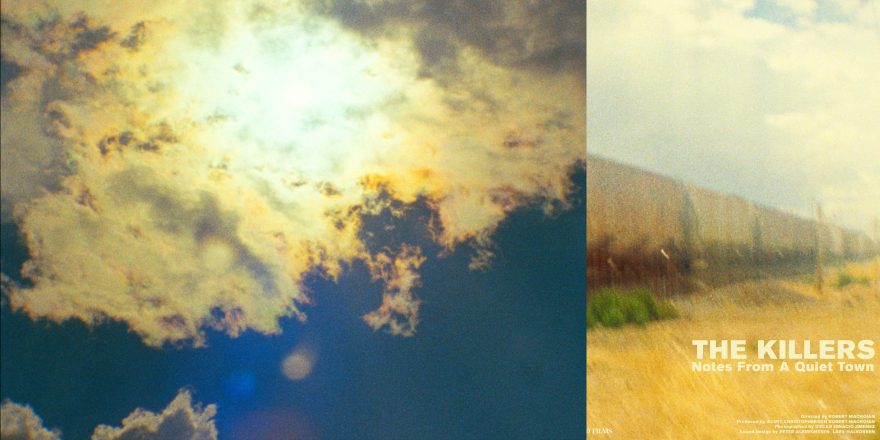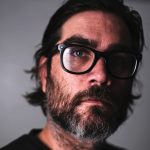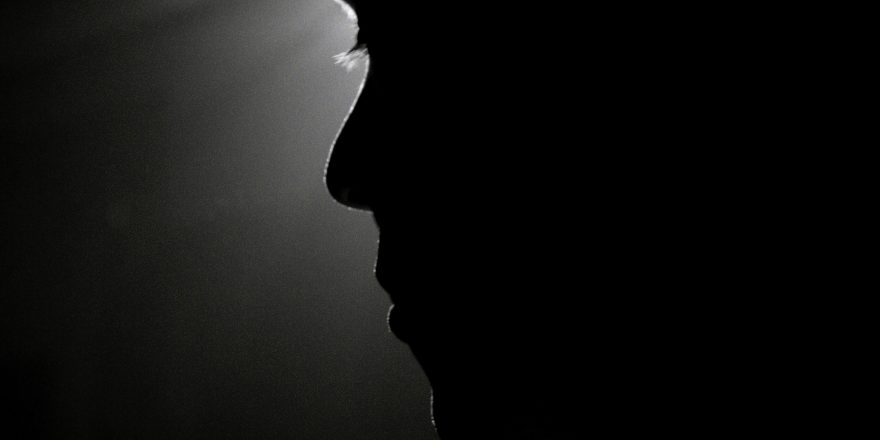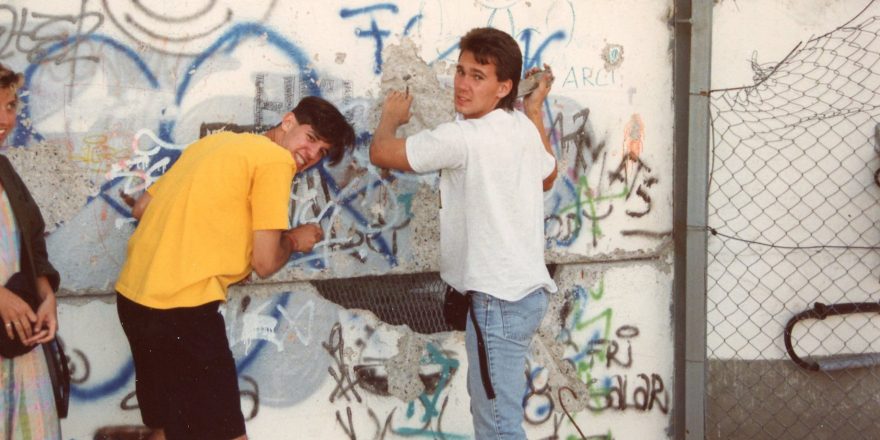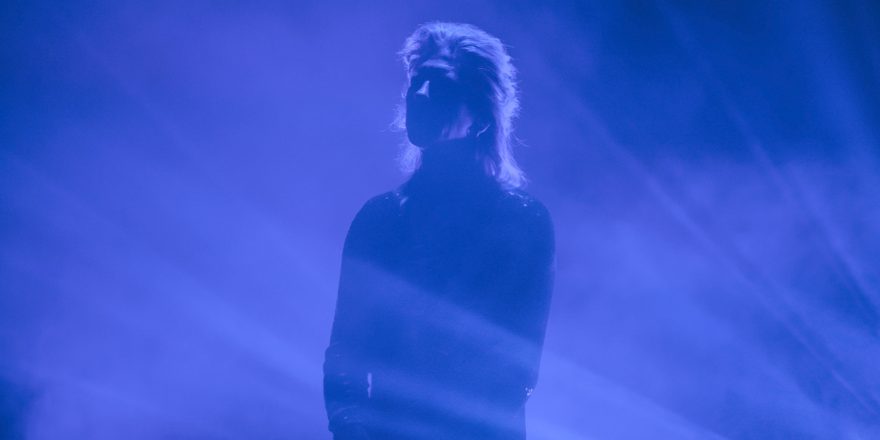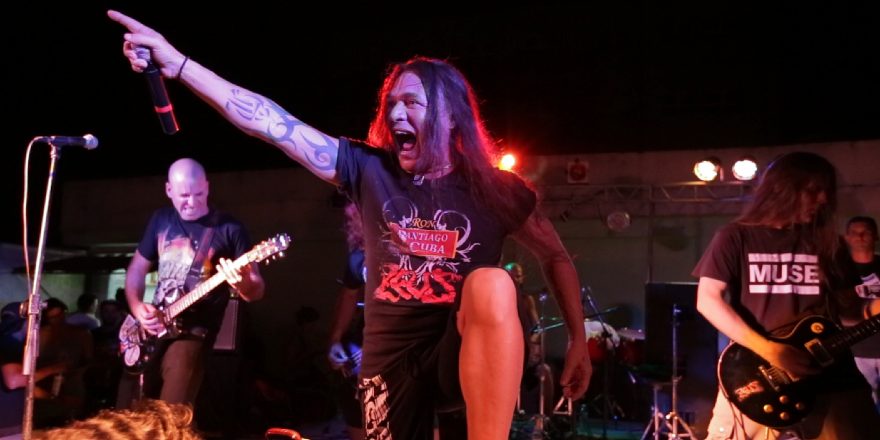In June 2021, I received a phone call kinda out of the blue from Brandon Flowers. His band, the Killers, was working on a quieter album about the town he grew up in, and he wanted to know if I’d be interested in collaborating on a video together. I had grown up playing in ska and punk bands, and had those dreams of being a professional musician, so I was excited at the idea of getting to work with musicians and made a plan to meet with Brandon for breakfast.
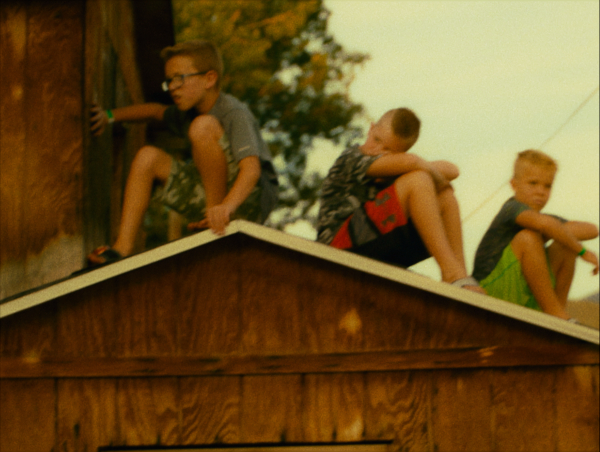
After the brief phone call we’d had, I started thinking of ideas, something cool we might be able to do together, but as Brandon and I ate, and talked, it became clear that what he wanted was something more than a music video, a longer project that captured the essence of small-town living. I learned he’d grown up in Nephi, Utah, a town about an hour from where I currently live. As he talked about his life, and the experiences that inspired the album, I started to realize that the environments we grew up in were very similar.
I was born and raised in in King City, California, a small farming town in central California, some 800 miles away from Nephi. As we came to find, the populations of our towns were about the same. Farming and ranching were also at the heart of both towns. The slow approach to change, the tragedy of young people dying, the cliques, the divisions in high school – all of it was similar, in a way most outsiders see small American towns. But there were also subtle differences, differences that defined each town. The more we talked, the more it became obvious that we should make a documentary about life in a small town. Brandon said I could shoot it anywhere, but the more he talked about his experiences growing up, the more it became obvious that as he had written songs about Nephi, that was what the documentary needed to be about.
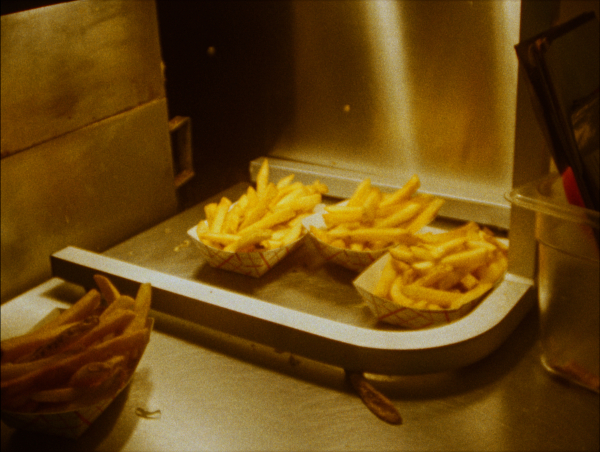
The following day, I drove down to Nephi and walked around the town. I chatted with people on their porches. I captured images of the horses, of small kids driving golf charts, of the Jones Plant. I ate at the Nebo Queen, trying the English chips Brandon had talked about. I drove home, and that night listened to the album, over and over again. As the words of the record filled my mind, it became obvious that I might never be able to do justice to the town of Nephi, or the words Brandon had written and the songs the Killers performed about the culture and people in this town. But as he talked about the songs, and about people who had influenced them, and experiences that had shaped certain lyrics, it became obvious that this documentary should not be about Nephi, it should be about Brandon writing about Nephi. I decided to make a film as if the album was being created, where we would float around, as if lines from the songs were blowing in the wind.
As soon as I understood the approach, things started to fall into place. I enlisted Scott Christopherson to produce the doc and Peter Albrechetsen to design the sound, and got from Brandon the stems (each track of instrument and vocal) of the album, so we could make a visual poem for the film, rather than a straight-up documentary. Then Scott and I went down to Nephi to meet with the mayor and others in the town. They all seemed open to the idea of the film, doors opened, and the townspeople were amazingly helpful and kind. That day turned into the next month and a half of traveling to and from Nephi, filming places that were a part of the culture of the town, and listening to people share the stories of their lives – how they arrived in Nephi, how they met, tragedy, what they loved and dreamed. It was one of the greatest summers I’ve had in a very long time.

Back home, with hours of footage, I started to assemble the film. The approach that kept coming back in my mind was that I was in Brandon’s head, and that xsongs or lines were floating in the air. He had told me he keeps notes on his phone, and as lines come to mind, he writes them down. It isn’t till later, when the band is in the studio, that he begins to form the actual songs. I wondered, could I do the same? So I edited the film in this way, attempting to capture the idea of a dream, or of someone’s mind as they wonder through the day. As I tried to be aware of my brain, I realized our thoughts are so fragmented; we are always jumping between ideas, floating in and out of thoughts, with loose threads that connect the ideas. I’d think of the footage of a woman we filmed at the Nebo Queen, who had married her high school-sweetheart, and then of a couple who had also married young, but now were in their seventies. Could I loosely connect the two? Past and future? When we think, do we think in time? Am I 20 when I remember experiences that happened in my twenties? I kept on: the innocence of childhood, against the reality of parents raising those children, and a young couple whose first children are going from youth to parenthood. On my mind raced, and as it raced and jumped around, I tried to analyze that approach, and then I attempted to edit that way, until I arrived at the end of the film.
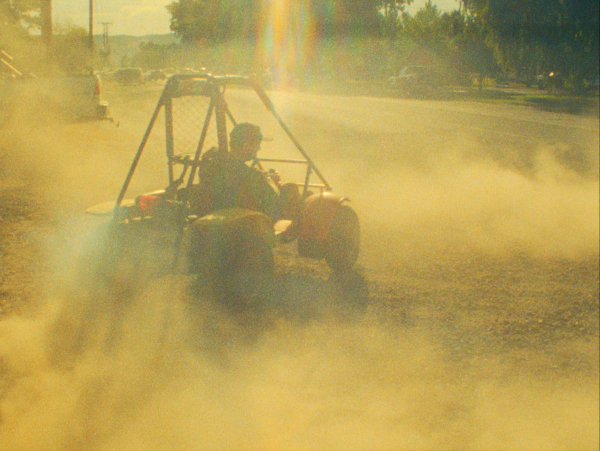
I then sent it off to Peter, who did everything I had hoped and more. With sound, he added the aspects of the mind that I could not communicate via the edit, the other half needed for the idea. When you look back on your life, you see fragments of it, small memories, which play like movies in your head, but you also hear sounds, words that float around, things that were said, or remembered a specific way, true and false existing in the same space. I imagined all that as Brandon thought about Nephi, the words that came into his mind, which resulted in the writing of this album. The sound seemed so perfect.
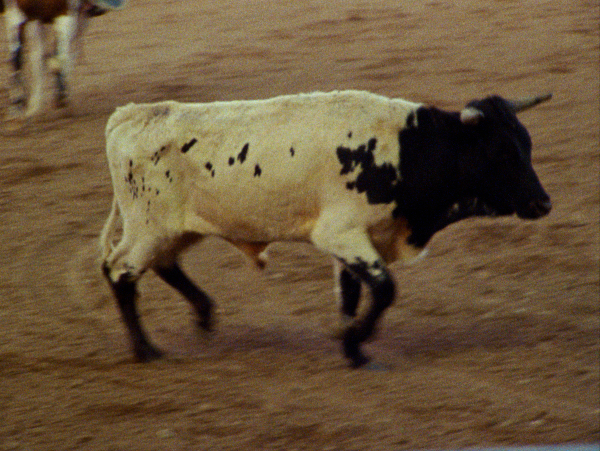
I’d admit, I had been so lost in this idea, I didn’t even consider what Brandon or the Killers would think about the film. As I finished Notes From a Quiet Town, and sent it off to Brandon, I became so very nervous. It was the first time I realized that the band could respond, “What in the world is this?” “This is not what we talked about!” This film was radical, and I worried that what I had tried to communicate to Brandon as I worked on it might not have been clear. A few nervous hours later, a text came in: “I love it.” Every anxiety in my body poured out, and all I was left with was immense pride. Never in my life had I been given so much freedom to attempt to create something like this project. It was, in many ways, a dream come true.
All images courtesy Robert Machoian.


